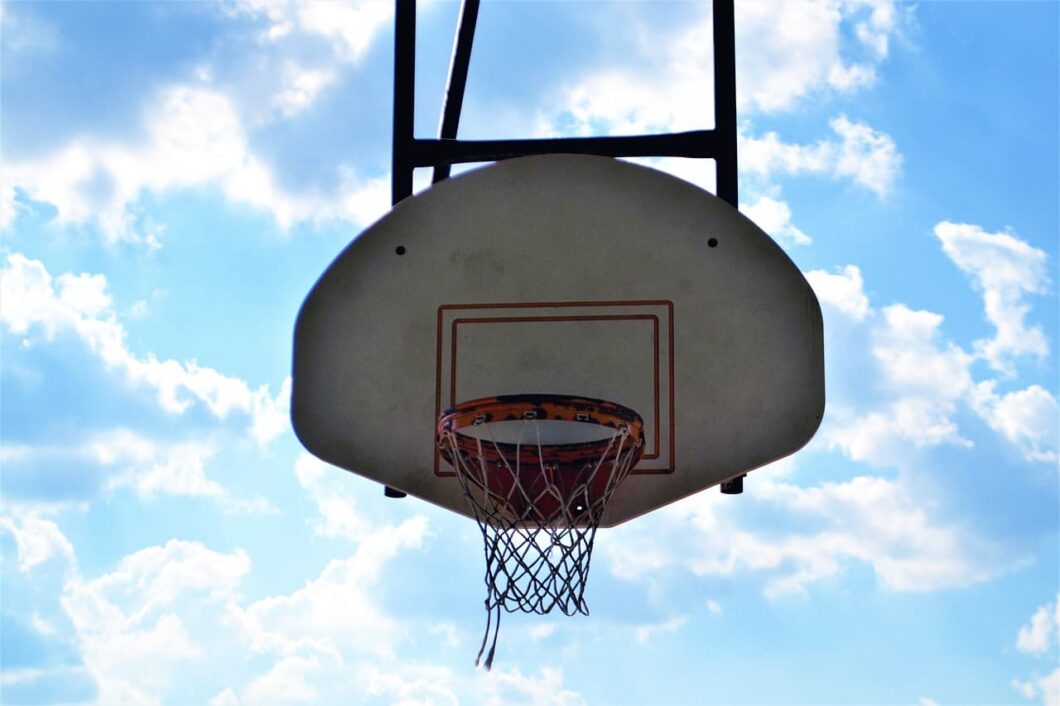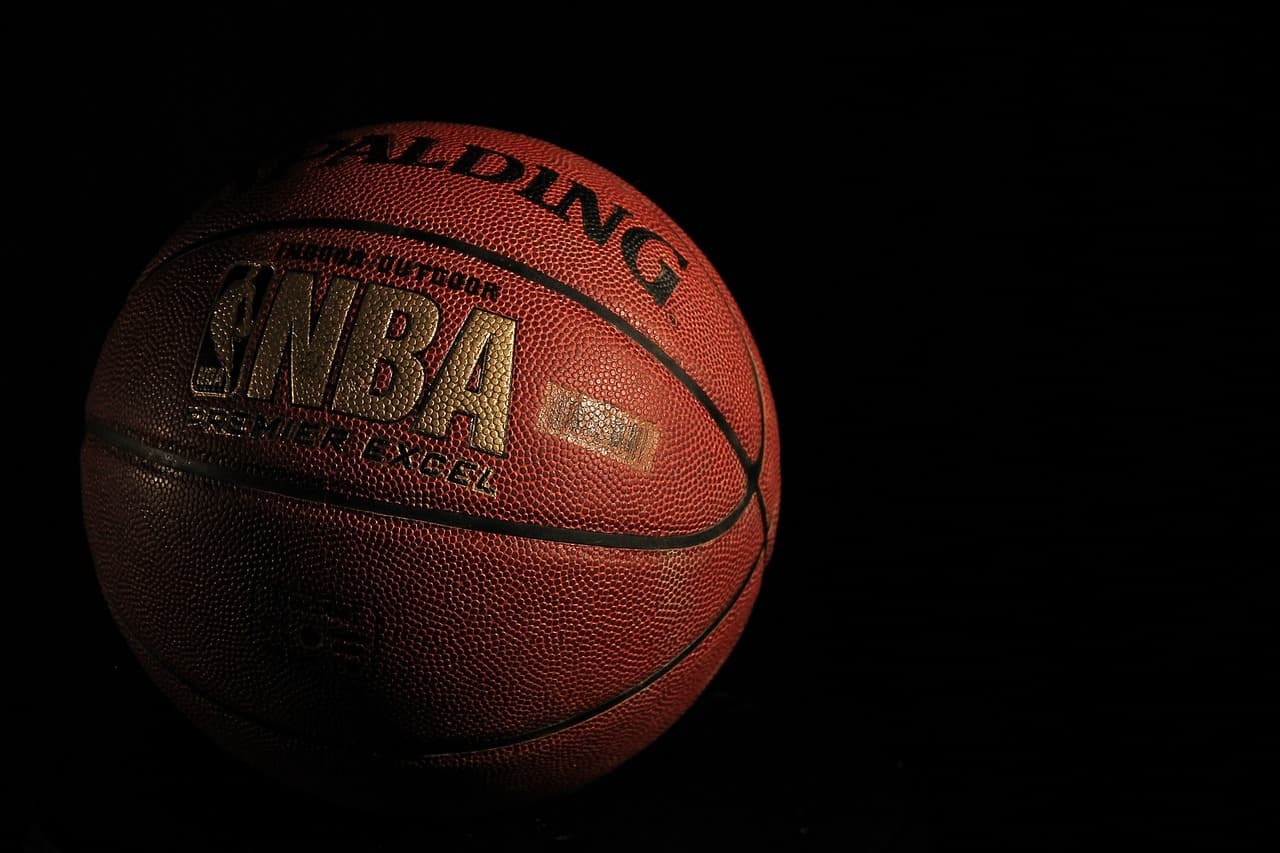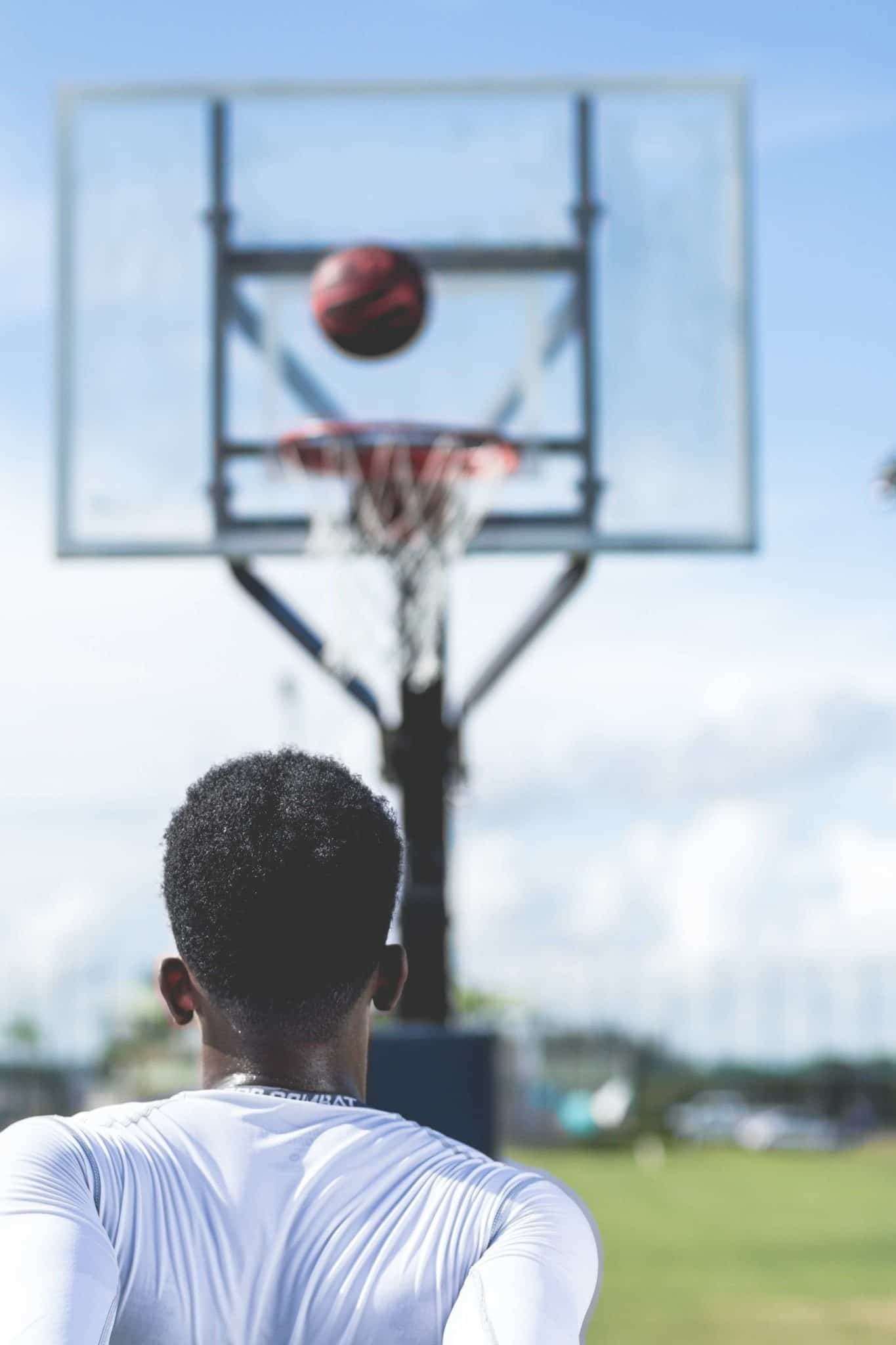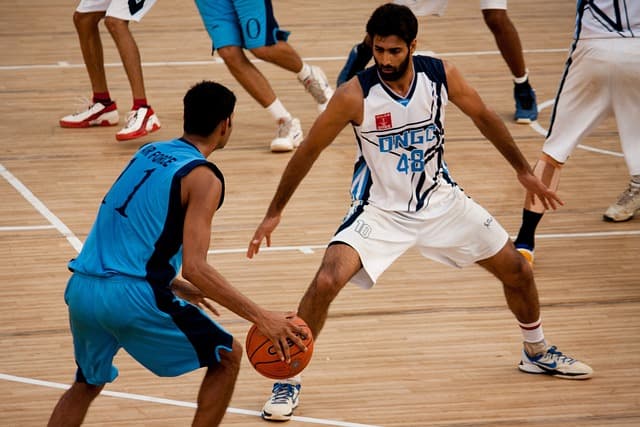Basketball is one of the most popular sports in the world, with various leagues competing with their own unique rules. Two of the most famous basketball organisations are the National Basketball Association (NBA) and the International Basketball Federation (FIBA). There are a number of significant differences between the rules of these two leagues that affect the style of play and strategy of the teams. And for bettors at standalone betting sites, it’s important to know the difference between NBA and FIBA games, as being well-informed can affect the outcome of a successful bet.
1. Game Time
One of the main differences between the NBA and FIBA is the length of the game. In the NBA, a game lasts 48 minutes and consists of four quarters of 12 minutes.
In the FIBA, games are shorter at only 40 minutes, with quarters of 10 minutes. This difference in game time affects the strategy of game time allocation and roster depth.
2. Personal Fouls
In the NBA, a player can commit up to six personal fouls per game, which allows one foul every 8 minutes. In FIBA, the rules are stricter, allowing a player to commit only five fouls during a 40-minute game. This increases the risk of an early end to the game for players who are heavily involved in defence.
Thus, coaches have to plan player utilisation more carefully to avoid losing key contributors early.
3. Hack-a-Shaq Rule
The rules against intentional fouls in the NBA have been changed to prevent the tactic of fouling weak free throw shooters at the end of each quarter. Such fouls now entail free throws and possession of the ball, eliminating the possibility of gaining an advantage through fouls.
FIBA does not regulate such actions, allowing teams the freedom to use these tactics throughout the game. This brings variety to the strategies of both leagues at critical moments in the game.
4. Timeouts
The number and management of timeouts is also different in the NBA and FIBA. In the NBA, teams can take up to 7 timeouts per game, and the number of timeouts available in the final quarter cannot exceed four.
In FIBA, teams are only allowed 5 timeouts: two in the first half and three in the second half, and only the coach can request them. This requires coaches to be more strategic in managing rest time and discussing tactics.
5. The Three-Point Line
The differences in distance to the three-point line between the NBA and FIBA have a noticeable impact on the game. In the NBA, the three-point line is 7.24 metres from the ring at the top and 6.70 metres in the corners. In FIBA, the three-point line is 6.75 metres and 6.60 metres respectively.
This means that some shots that are considered two-pointers in the NBA are three-pointers in FIBA, which can significantly affect the outcome of matches.
6. Interfering With the Flight of the Ball
In the NBA, there is a strict rule against touching the ball when it is on the hoop or in a cylinder above the hoop – this offence is called “basket interference”. In FIBA, players are free to score or shoot the ball when it touches the hoop, which adds dynamism and defensive opportunities.
This distinction significantly changes the approach to finishing offence near the hoop and defensive actions under the boards.
7. The Three-Second Rule on Defence
The three-second rule on defence also differs between the two leagues. In the NBA, a defender cannot be in the penalty area for more than three seconds without actively marking the opponent. In FIBA, there is no such restriction, allowing defenders to stay in the key zone indefinitely, making breakouts and attacks under the basket more difficult to execute.
8. Rules for Travelling With the Ball
Ball handling and ball movement rules also have key differences. In the NBA, players are allowed to take one “gathering” step before taking two subsequent steps, giving players more freedom to manoeuvre.
In FIBA, after receiving the ball or completing a dribble, a player is only allowed to take two steps, which requires more precise technique and reduces opportunities to deceive the defence.

9. Situations With the Ball on the Floor
The differences in rules when a ball carrier falls to the floor are also noteworthy. In the NBA, a player can slide or roll on the floor while holding the ball without that action being read as an offence as long as the player does not attempt to get up or gain an advantage. In FIBA, any sliding or rolling with the ball is considered an offence, requiring players to be more cautious in these situations.
10. Fighting for the Ball
The issue of ball possession in scrimmages for the ball is also handled differently. In the NBA, a throw-in is thrown in when the ball is fouled, which can lead to an unpredictable outcome. In FIBA, possession of the ball is given to the teams alternately, which reduces randomness and gives each team an equal chance of getting the ball in controversial moments.
This rule simplifies the process of determining ball possession and reduces the risk of unfairness.
Conclusion
The differences in rules between the NBA and FIBA significantly impact game strategy and require players to be able to adapt to different styles of basketball. These differences can create unique challenges and opportunities in international tournaments where teams and players are faced with the need to quickly switch tactics and approaches.
Understanding and adopting these rules promotes better analysis of game situations and contributes to the development of global basketball.



